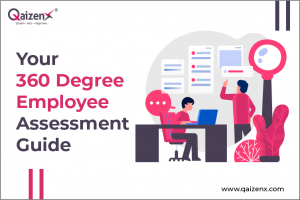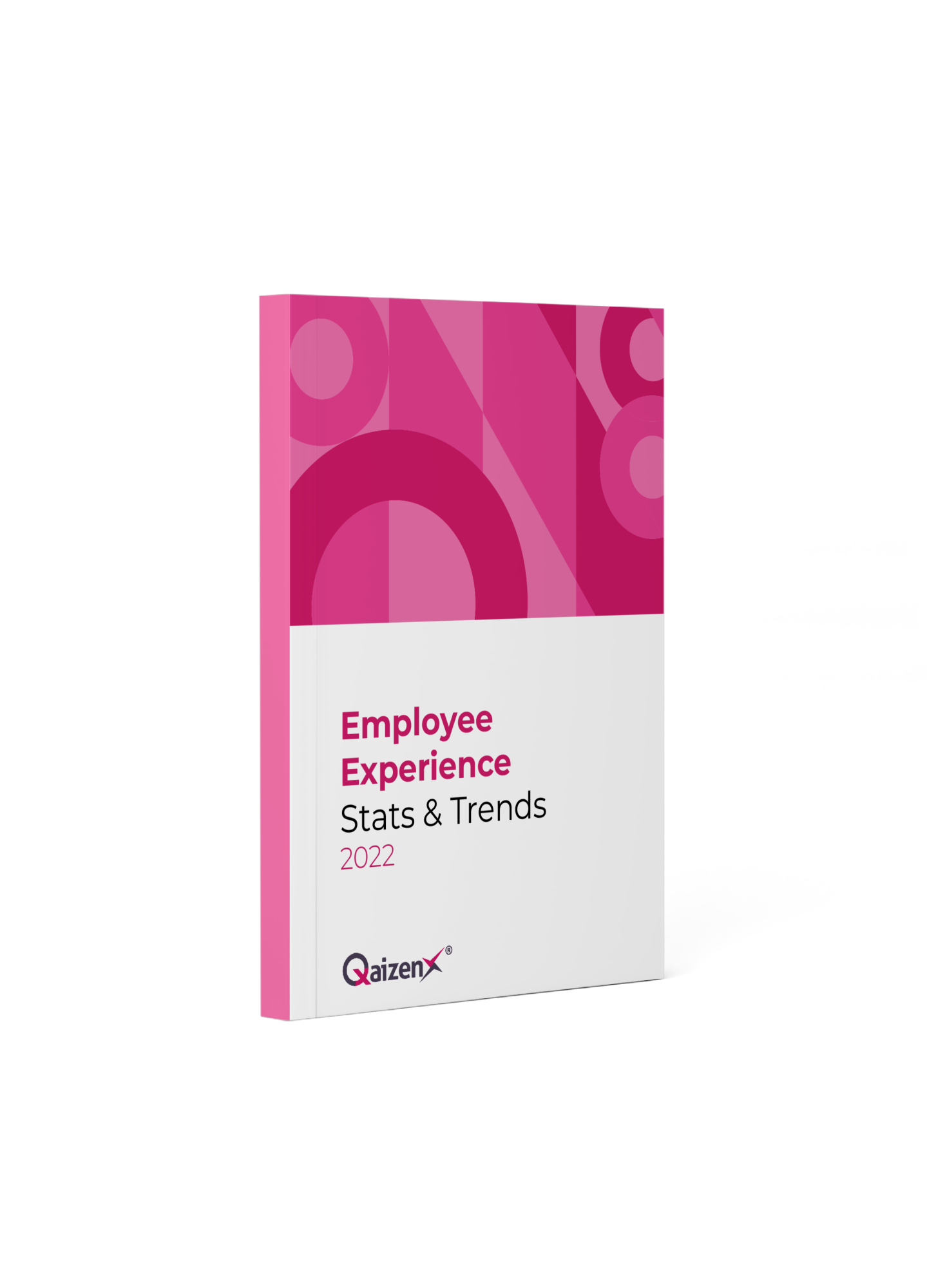Your 360 Degree Employee Assessment Guide

Welcome, to an immersive exploration of the Guide to Employee Assessments. As we step into the vast terrain of professional development. Our focus sharpens on the 360-degree assessment process—a transformative tool poised to redefine our understanding of workforce dynamics.
Our article on employee assessment aims to cover not just the what, but the why and how behind the scenes of employee evaluations. By the end of this guide, you’ll not only comprehend the significance of 360-degree assessments but also glean insights into maximizing their potential for fostering a culture of continuous improvement within your team.
What is 360-Degree Assessment?
In today’s ever-changing business world, the 360-degree employee assessment acts like a guide, giving us a broad look into how each person is doing at work. Old ways of evaluating, where only the manager’s opinion mattered, are not as good as this new 360-degree method. Employee assessment tips are also suggested by indeed.
This way goes beyond the usual and collects thoughts from different places, like coworkers, those working under the person, and even the person being evaluated. This wider view helps create a detailed picture of what someone is good at and where they can improve, going beyond just one viewpoint.
Why 360- Degree Employee Assessment is Important?
The 360-degree employee assessment is really important in today’s workplaces for a few key reasons. First off, it gives a complete and wide-ranging look at how a person is doing, going beyond the old way of just listening to the manager.
It includes feedback from colleagues, those working under the person, and even from the person themselves. This helps create a fuller picture of what someone is good at and where they can do better. By bringing in different viewpoints, it helps us truly understand and appreciate what each employee experience brings to the table.
Keeping feedback anonymous helps people speak openly, making a space where truthful ideas can grow. This honesty is super useful to find places where we need to get better that might be missed in regular evaluations.
Also, the 360-degree assessment supports a culture of always getting better by giving helpful ideas and encouraging a mindset of growth. It connects personal growth with what the company wants to achieve, making sure the assessment helps the whole company succeed.
So, in the end, the 360-degree employee assessment is like a powerful tool guiding everyone’s growth in the always-changing workplace.
The Steps to a Comprehensive Assessment:
1. Setting the Stage:
In our guide to a complete 360-degree assessment, the first thing we do is set the stage, much like laying the foundation for a big building. This step is not just about starting a process; it’s about planning what it’s all for. We need to have a deep talk about what we want to achieve—is it about each person getting better, making the team work together smoothly, or checking how everyone is doing overall?
By figuring out these goals, we create a clear plan that helps the assessment fit into the bigger picture and goals of our organization.
2. Selecting Evaluators:
Now, let’s dive deeper into the 360-degree assessment by talking about choosing the people who will give feedback. It’s crucial to pick a diverse group, meaning different kinds of people, to get a well-rounded view. Diversity is the key that makes the assessment detailed and fair. We don’t just randomly choose people; it’s a thoughtful selection, picking voices from various parts of the company.
This careful diversity makes sure the evaluation isn’t just from one perspective. It’s like having a colorful picture that shows all the different sides of your organization.
3. Anonymous Feedback:
In 360-degree assessments, people need to be honest, and one way to make that happen is through anonymous feedback. This means the feedback is given without knowing who said it. This decision is a big deal because it helps break down barriers, letting those giving feedback say exactly what they think. It goes beyond rehearsed or planned talks, creating a space where people can share what they feel.
The difference between anonymous and attributed feedback is like the difference between reading from a script and having a real, open conversation. This choice can make a big difference in how helpful and genuine the insights we get are.
4. Data Collection and Analysis:
Now, after collecting information, we move on to the next part of our assessment adventure – the analytical stage. It’s like putting on our thinking caps. The assessments are not just numbers; they’re like a bunch of stories waiting to be uncovered.
This analytical journey is more than just looking at numbers; it’s like carefully understanding the tales hidden in the feedback. It’s turning raw data into a symphony of useful information – a process that needs not only good math skills but also a sharp understanding of the stories hidden in the feedback.
5. Feedback Session:
Moving from studying to doing, armed with lots of helpful information, we now enter the special world of the 360-degree employee feedback session. Here, the focus isn’t on giving judgments but on making a safe space for open talk. It’s like a place where we cheer for the good things just as much as we talk about ways to get even better.
This careful balance helps everyone think about growing and getting better together. The assessment turns into more than just a way to measure things – it becomes a spark for each person and the whole team to keep improving. The session is like a team journey, where ideas mix and shape the ongoing story of getting better.
Conclusion
Now, let’s think about what we’ve learned about 360-degree Employee Assessment. Imagine we’re closing a book on this adventure. It’s like when we close the curtains after watching a play. This assessment thing is like a guide or a compass.
It helps people and companies figure out where to go for success. It’s not just a stop on a work journey; it’s more like a tool that helps everyone get better. What we discover and discuss in assessments are puzzle pieces forming progress.
So, remember, it’s not the end of the story; it’s just the beginning. It’s like a starting point for getting better and growing in your work world.
Recent Posts
- 20 Examples Of Employee Feedback In The Workplace
- How to Obtain Valuable Input from Your Audience for Enhanced Product Development (and Increased Sales)
- 4 E’s of Employee Engagement and How To Implement Them
- How To Choose The Right Customer Experience Management Software For Your Business
- Why Customers Leave: Recognizing the Signs and Strategies for Retention




